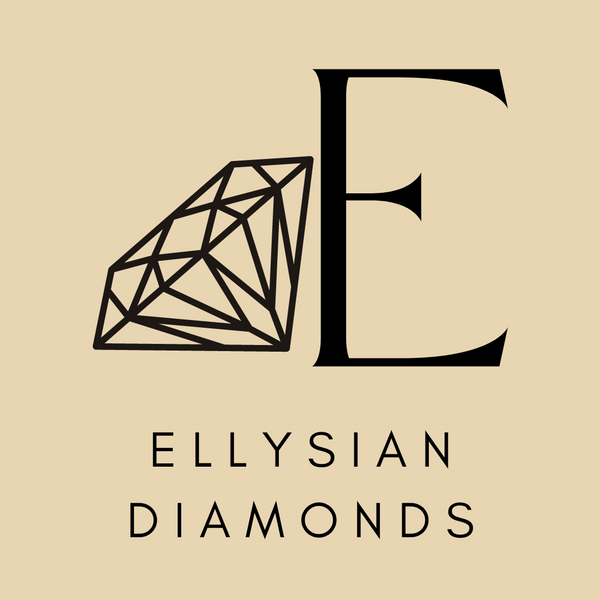
When it comes to choosing the perfect gemstone for your jewelry, diamonds and moissanite are two popular options that often come up. While they may look similar at first glance, there are several key differences between these two gemstones that can influence your decision. Let's explore what sets them apart.
1. Origin and Composition
- Diamonds: Diamonds are naturally occurring gemstones formed from carbon under high pressure and temperature over millions of years. They are mined from the earth and are known for their rarity and natural beauty.
- Moissanite: Moissanite is a lab-created gemstone made from silicon carbide. It was first discovered in a meteor crater by French scientist Henri Moissan. Due to its rarity in nature, moissanite used in jewelry is typically created in a lab, making it a more affordable and eco-friendly option.
2. Price
- Diamonds: Diamonds are generally more expensive than moissanite due to their natural origin, rarity, and the extensive mining process involved. The price of diamonds can vary significantly based on the 4Cs: carat, cut, color, and clarity.
- Moissanite: Moissanite is significantly less expensive than diamonds of similar size and quality. This makes it an attractive option for those looking for a budget-friendly alternative without compromising on brilliance.
3. Durability
- Diamonds: Diamonds are the hardest naturally occurring mineral, scoring a 10 on the Mohs hardness scale. This makes them extremely durable and resistant to scratches, making them ideal for everyday wear.
- Moissanite: Moissanite is also very durable, scoring between 9.25 and 9.5 on the Mohs hardness scale. While not as hard as diamonds, moissanite is still highly resistant to scratches and suitable for daily wear.
4. Brilliance and Fire
- Diamonds: Diamonds are known for their exceptional brilliance and fire, which refers to the dispersion of light into various colors. They reflect white light beautifully, creating a stunning sparkle.
- Moissanite: Moissanite has a higher refractive index than diamonds, giving it more brilliance and fire. It often displays a rainbow-like effect, which can be more pronounced than the sparkle of diamonds.
5. Color and Clarity
- Diamonds: Diamonds come in a range of colors, from colorless to various shades of yellow and brown. They are graded on a color scale from D (colorless) to Z (light yellow). Clarity refers to the presence of internal or external flaws, known as inclusions and blemishes.
- Moissanite: Moissanite is typically near-colorless, but advancements in technology have led to the creation of high-quality colorless moissanite. It generally has fewer inclusions and blemishes compared to diamonds.
6. Certification
- Diamonds: Diamonds are often certified by independent third-party labs and graded based on the 4Cs. This certification provides assurance of the diamond's quality and authenticity.
- Moissanite: Moissanite is generally not graded by independent labs, although some vendors may provide their own evaluations. Certification for moissanite is less common but can still be available from reputable sellers.
Both diamonds and moissanite have their unique qualities and advantages. However, diamonds are prized for their natural origin, rarity, and timeless beauty, making them a symbol of enduring love and commitment. Their exceptional brilliance, durability, and the prestige associated with owning a natural gemstone make diamonds the preferred choice for many seeking a truly special piece of jewelry.
While moissanite offers a brilliant and cost-effective alternative, nothing compares to the unmatched elegance and value of a diamond. Choosing a diamond ensures that you are investing in a gemstone that will be cherished for generations to come.
Whether you're looking for an engagement ring, a pendant, or any other piece of jewelry, diamonds provide a level of sophistication and significance that is unparalleled. Contact us today to explore our exquisite collection of diamond jewelry and find the perfect piece that reflects your unique style and sentiment.

